
#scienceweek2025
www.scienceweek.ie/whats-on
The 2025 United Nations Climate Change
Conference (COP30) is also taking place in Brazil.
Tracking #cop30
unfccc.int/cop30
What a week for Science Communication🎙🎤🧬🦠🌳.


#scienceweek2025
www.scienceweek.ie/whats-on
The 2025 United Nations Climate Change
Conference (COP30) is also taking place in Brazil.
Tracking #cop30
unfccc.int/cop30
What a week for Science Communication🎙🎤🧬🦠🌳.
This year's award theme is 'Time'. ⏳
Full details below:
marymulvihillaward.ie/award/
#science
#media
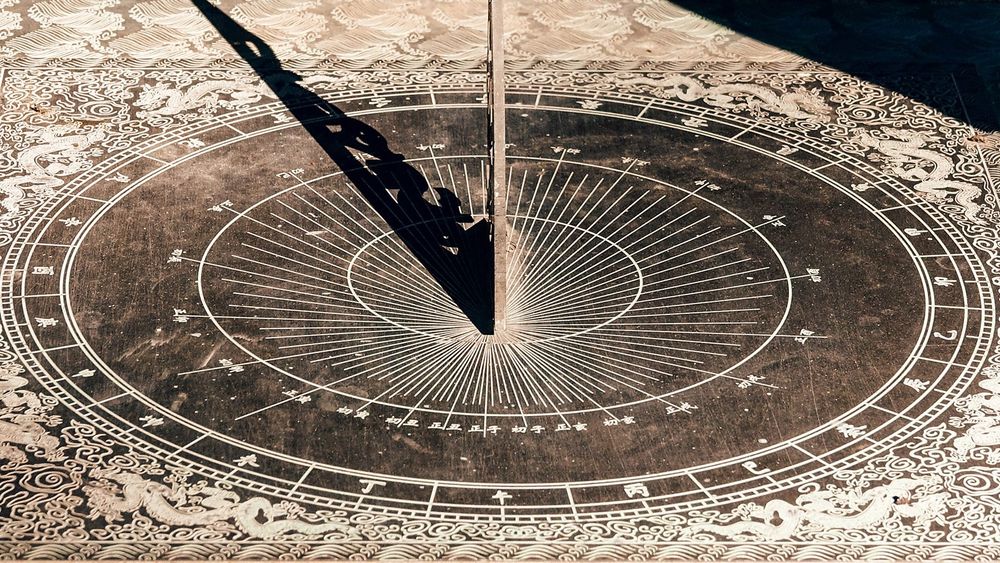
This year's award theme is 'Time'. ⏳
Full details below:
marymulvihillaward.ie/award/
#science
#media
We are all very excited to see the different directions entrants will explore with this theme.
marymulvihillaward.ie/2025/10/04/2...
The clock is ticking .....😊
#time

We are all very excited to see the different directions entrants will explore with this theme.
marymulvihillaward.ie/2025/10/04/2...
The clock is ticking .....😊
#time
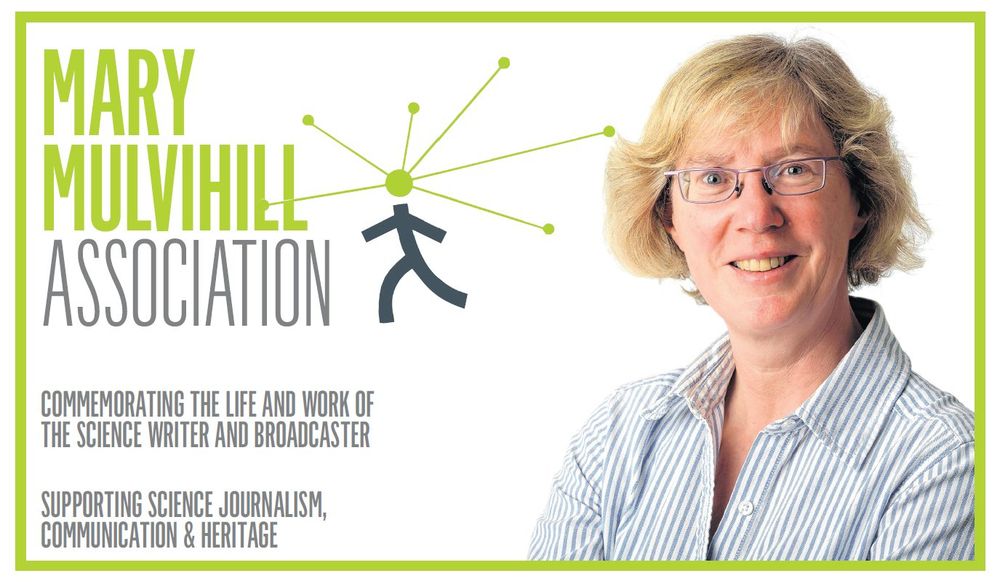










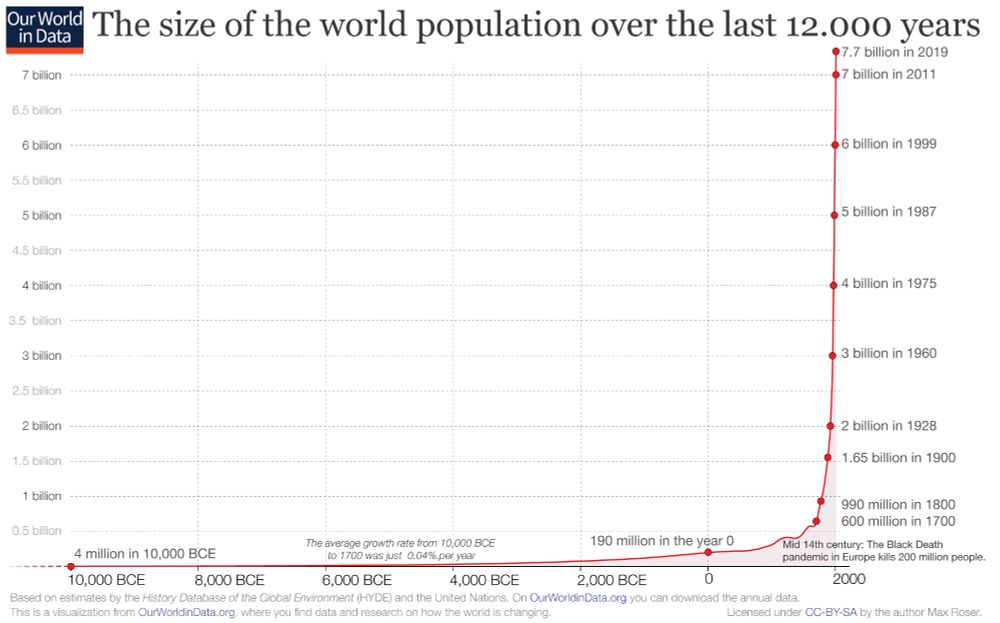

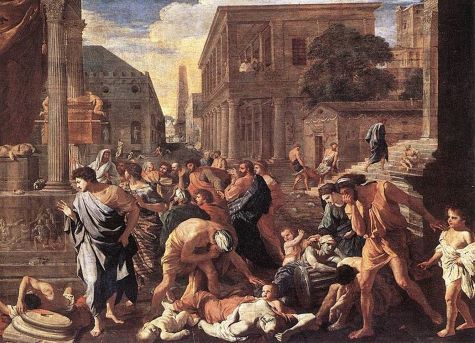






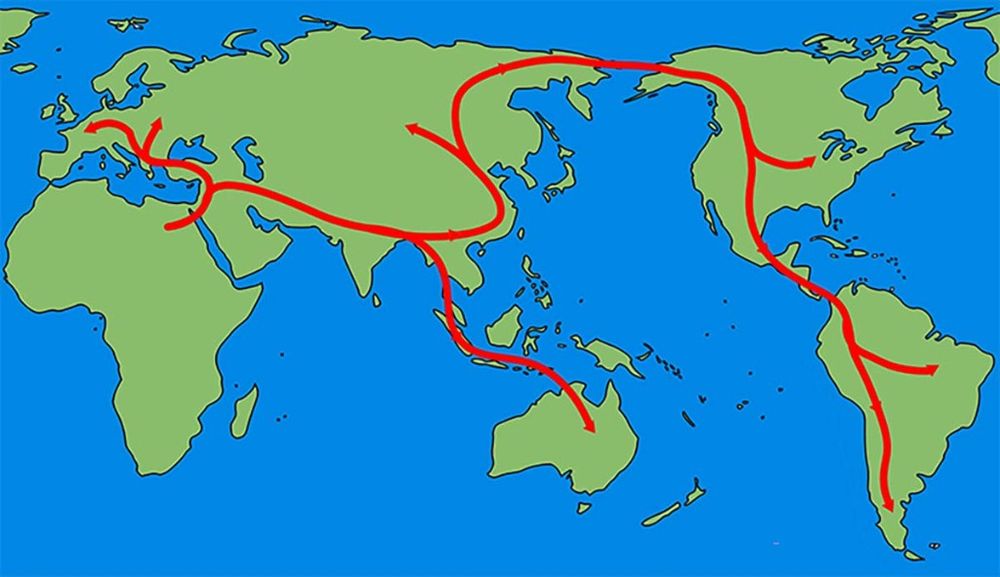
marymulvihillaward.ie/award/

marymulvihillaward.ie/award/

